
© Grant Faint/Getty ImagesMoonrise over the ocean
Earth has thrown up some surprises lately, with scientists finding that our planet's inner core is actually
a textured sphere that, every once in a while,
stops spinning and revolves the other way.
But
the Moon's insides
are much more of a mystery. Beneath its cratered crust, the
Moon's mantle sits atop what scientists think is a partially molten layer where clues to the Moon's formation could lie.
But according to a new study,
there might be no oozy layer after all.If future data confirm new modeling by researchers from Germany, the Czech Republic, and the US,
the lunar mantle might be solid all the way through, without a melt-bearing layer like geoscientists currently theorize. Depending on which interpretation of the lunar interior is correct, future findings could either reset or reaffirm our understanding of the Moon's inner realms and
how they formed.
At this stage, both a molten middle and a solid mid-section are still possibilities for the Moon based on the limited geological data we have. More lunar samples are needed to solve this mystery, the researchers behind this latest study say.
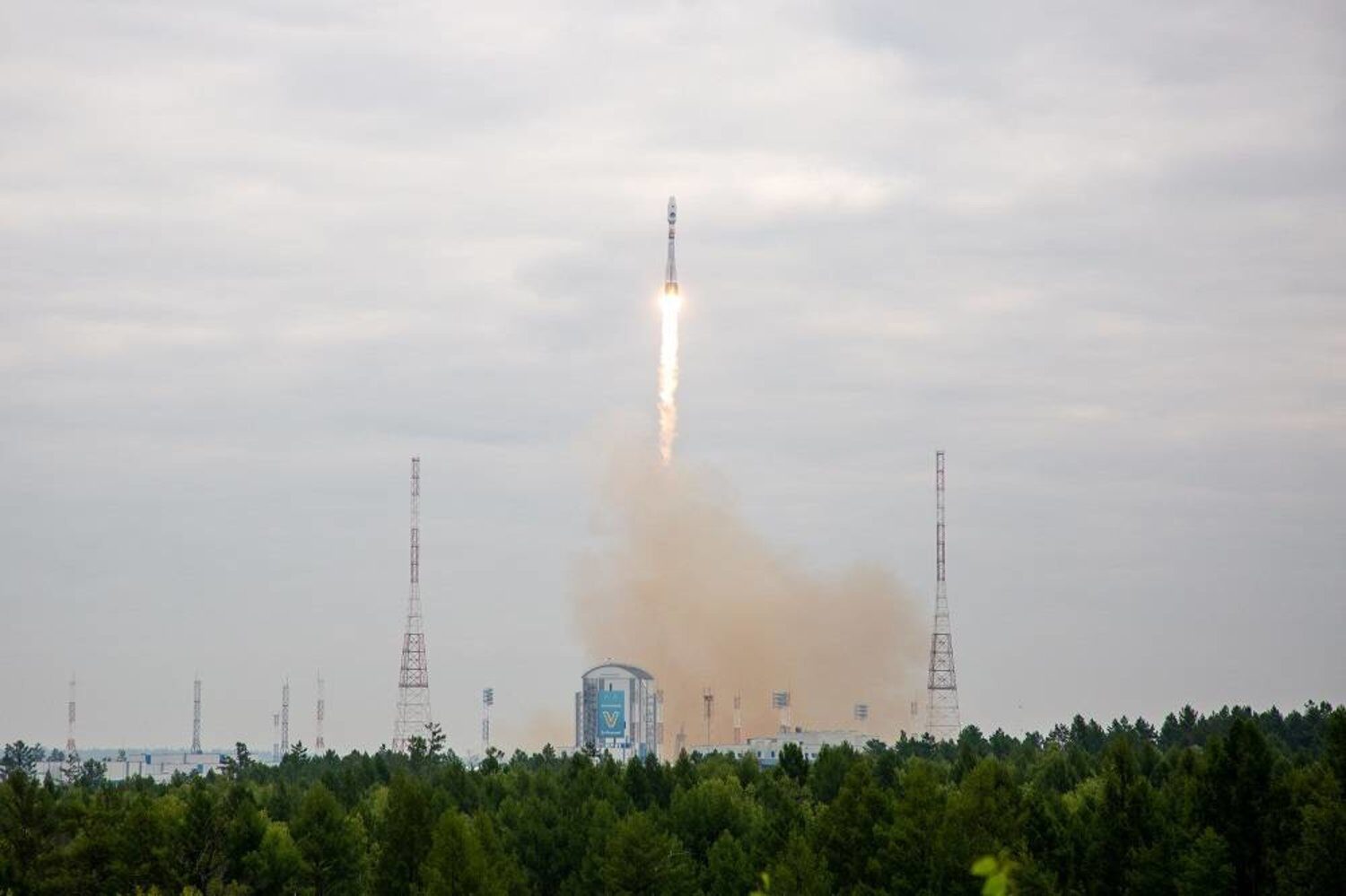
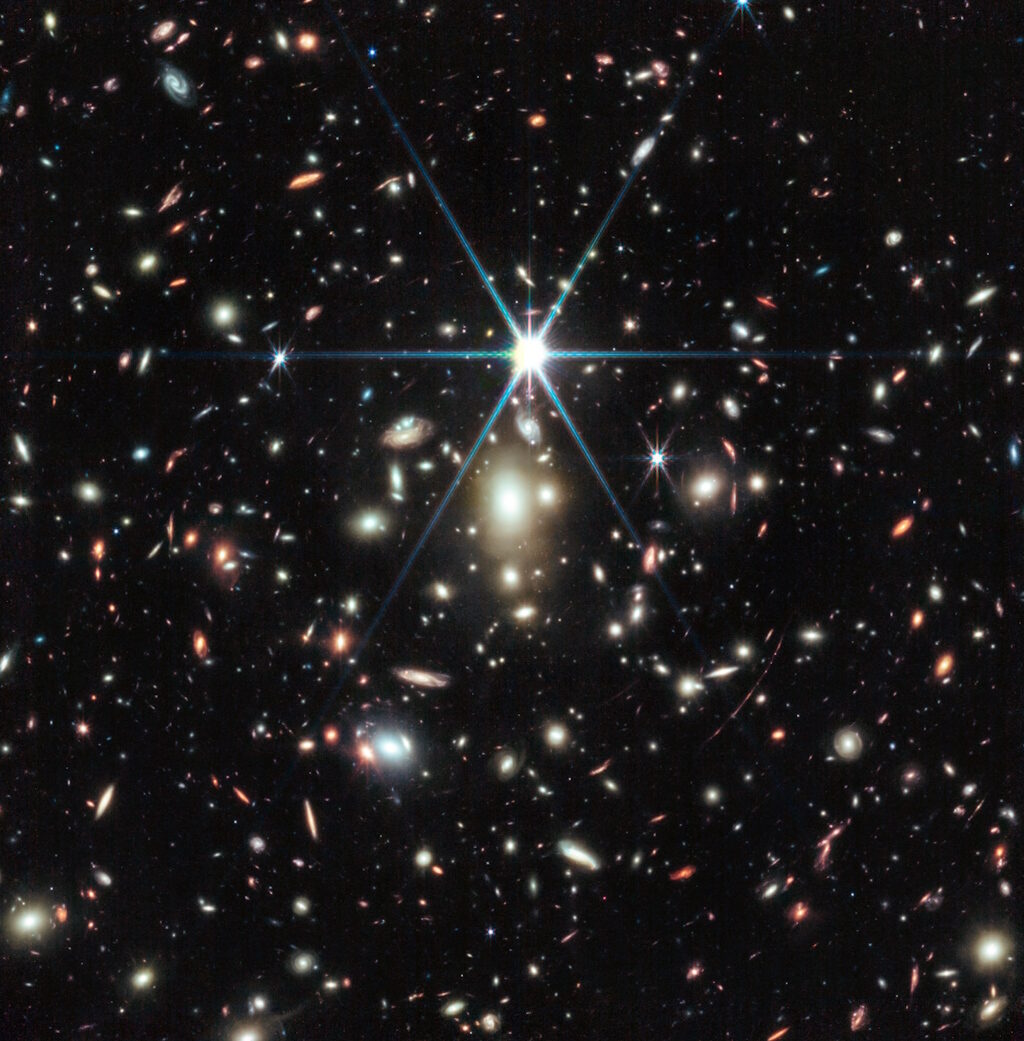

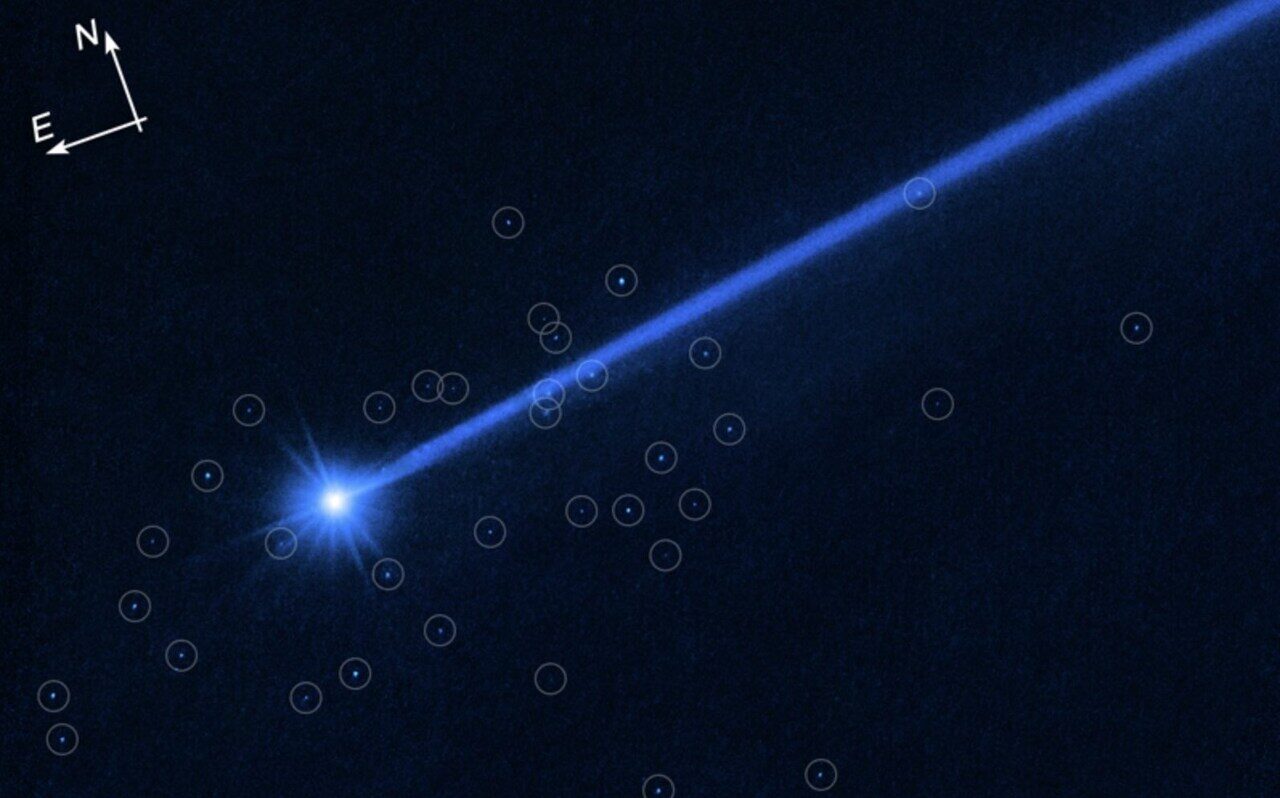
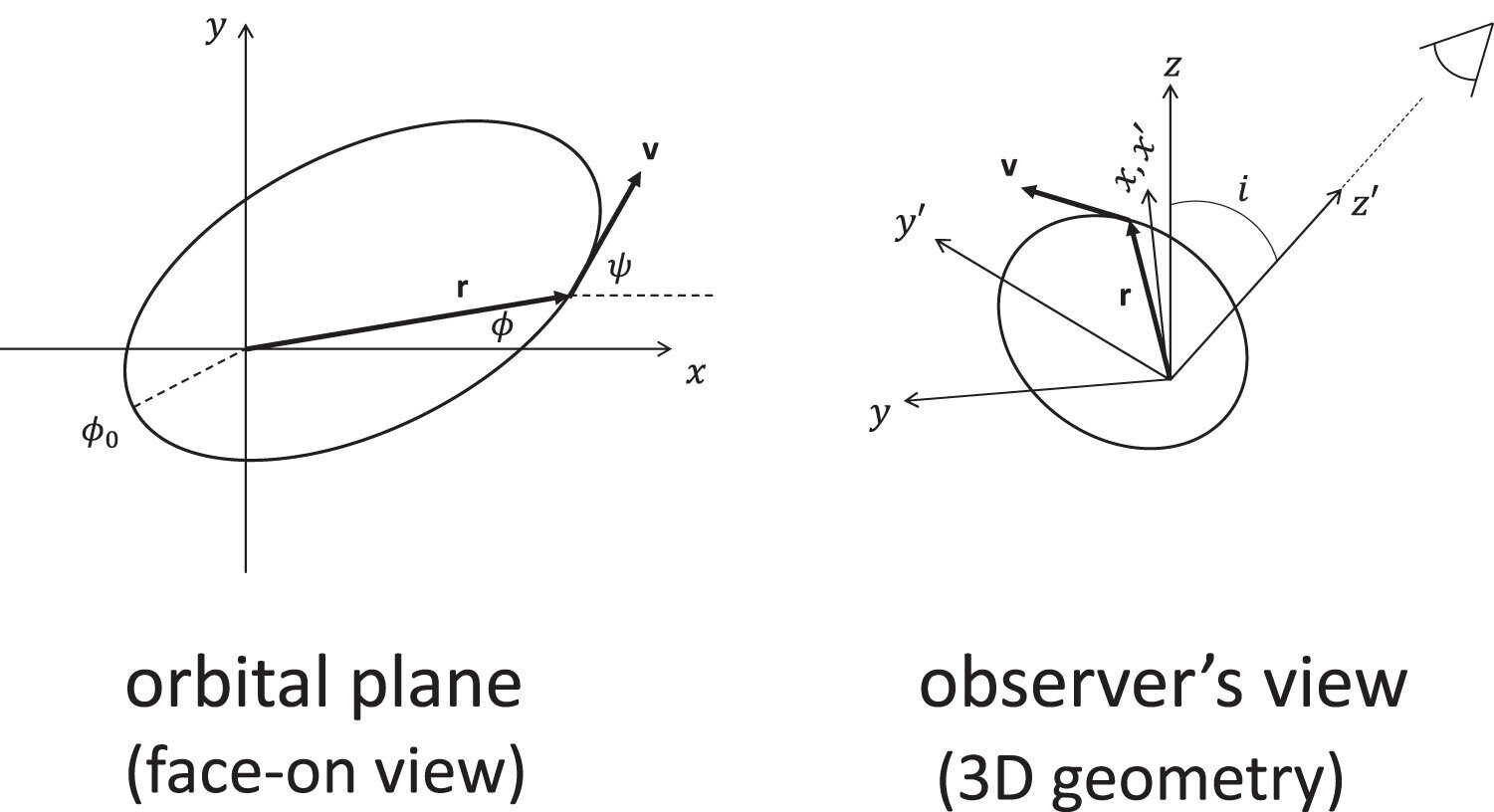
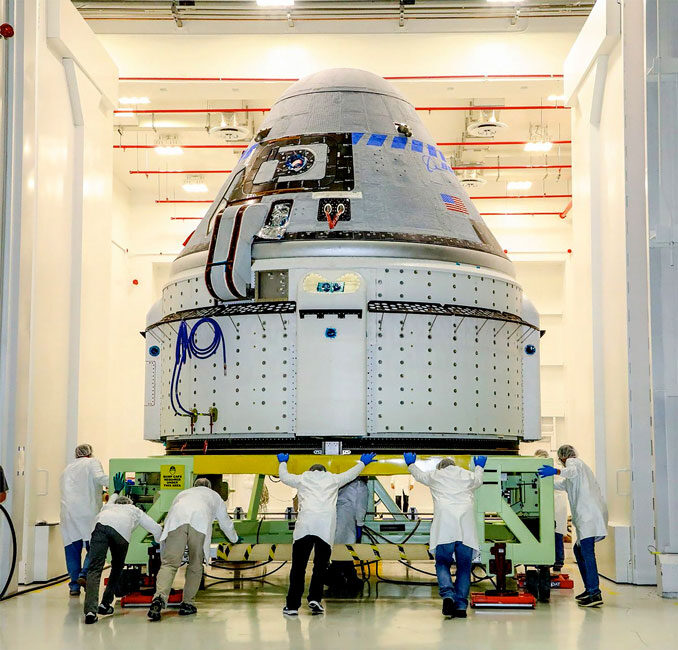
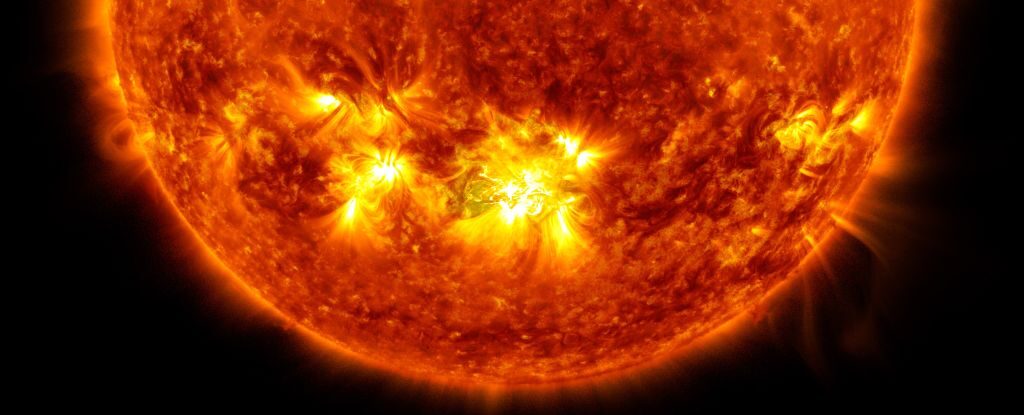
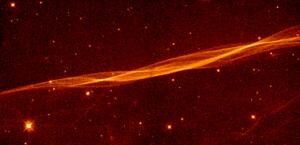
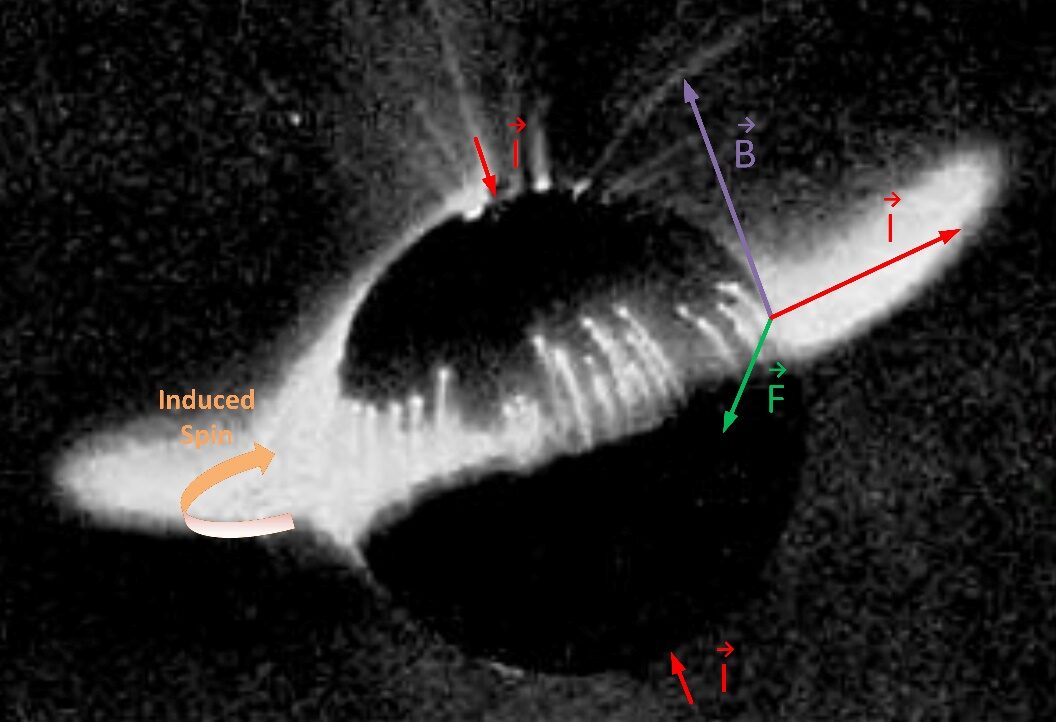
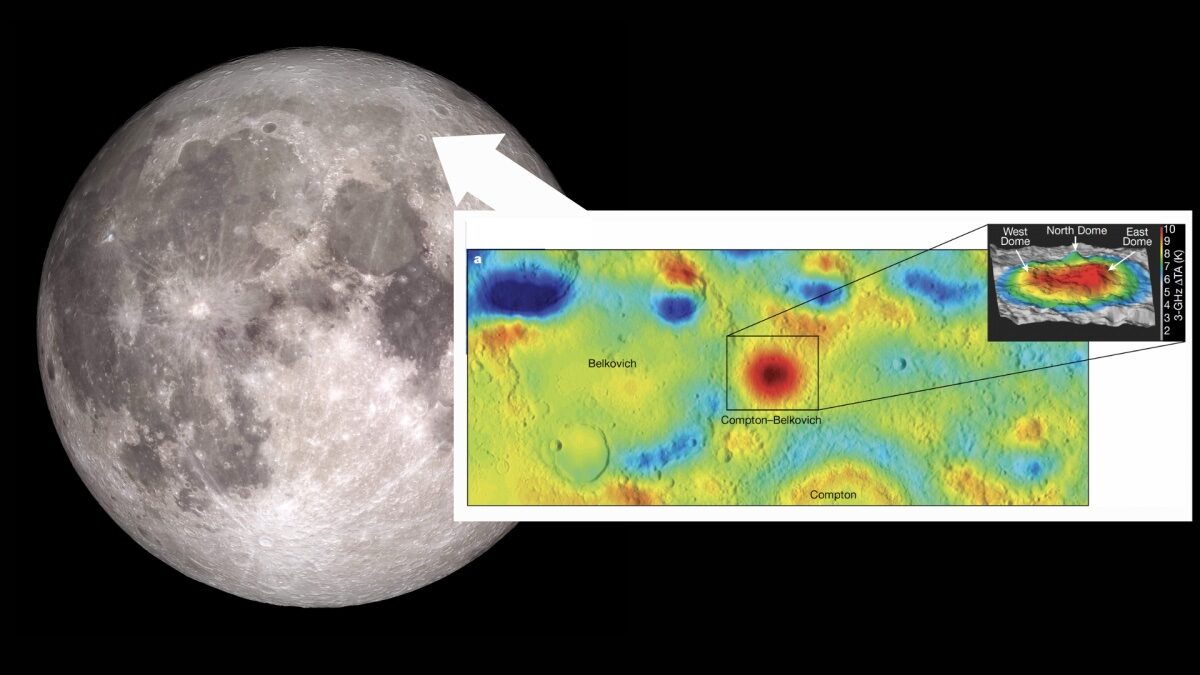
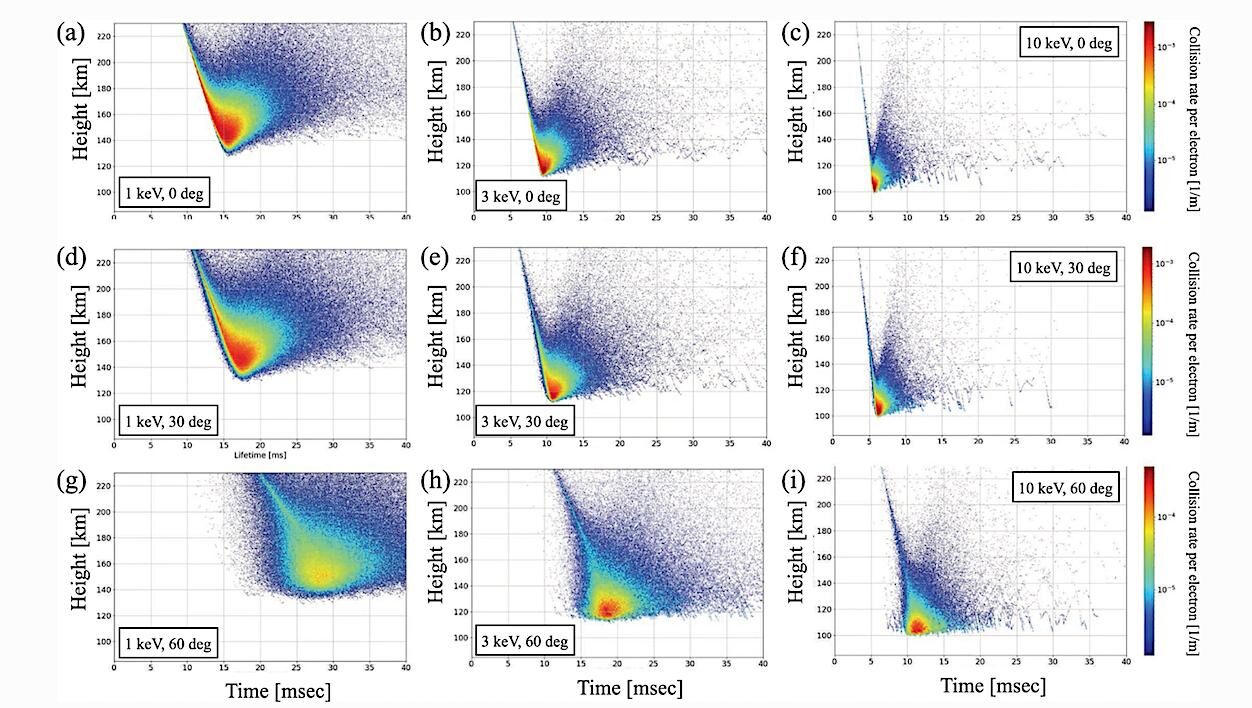




Comment: See also: